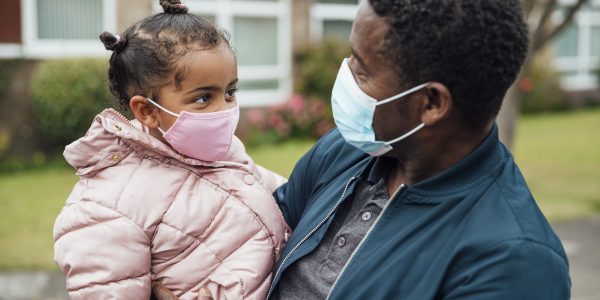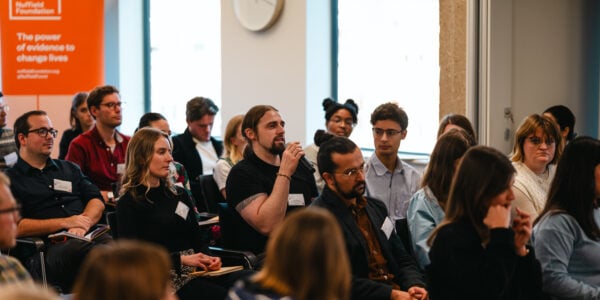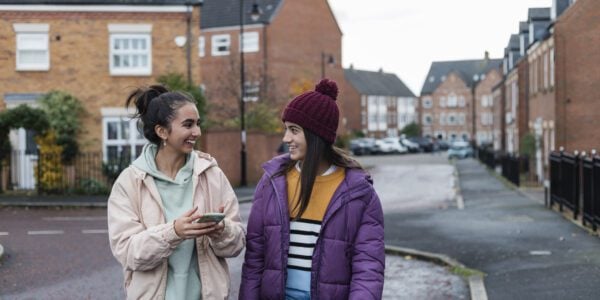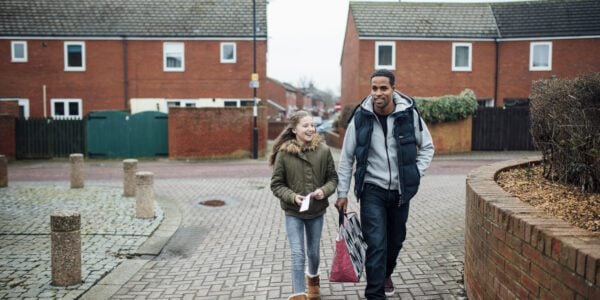
19/01/22
3 min read
The evolution of Britain’s welfare state since its post-war creation leaves it providing a weak safety net that sees far too many people fall into poverty, and little insurance for those whose jobs are threatened by economic change, according to research by the Resolution Foundation for The Economy 2030 Inquiry, funded by the Nuffield Foundation.
Social Insecurity examines how the UK’s welfare state has evolved over recent decades, and how well set up it is to deal with big economic upheaval during the 2020s.
The report notes that working-age social security spending has more than doubled since the creation of the modern welfare state – from 1.7% of GDP in 1948-49 to a projected 4.5% by 2026-27.
However, this extra spending has not been driven by more generous income support, which has consistently fallen further behind average earnings. In fact, unemployment support – a core element of any social security system – is set to fall to its lowest real-terms value in over three decades this April, at just £77.29 a week.
In part to cope with such minimum income support, welfare spending on extra cost-based benefits, including housing and children, has risen.
Spending on Housing Benefit has risen fivefold since the 1980s (from 0.2% of GDP in 1980-81 to 1% in 2012-13) while child-related benefits have gone from being less than half as generous as unemployment benefit in 1977, to being 14% more generous by 2010.
The growth of these costs-based benefits has also been a response to economic and social change increasing inequality in family earnings across Britain. The ratio between the earnings of the poorest and richest 10 per cent of families has more than doubled since the 1950s.
Little insurance for workers
However, the Foundation says that while the longer-term growth of cost-based benefits under both Labour and Conservative governments helped some households cope with rising inequality in family earnings, many relying on basic income support have been left behind.
Cuts to those cost-based benefits since 2010 also mean Britain goes into the 2020s with a porous safety net that leaves too many in poverty and offers little, and highly variable, insurance for workers whose jobs are affected by economic change.
This failure to support the poorest in society has seen child poverty rise from 27% in 2010-11 to 31 per cent in 2019-20. Meanwhile the reliance on cost-based benefits rather than income support means that a single adult losing their job typically only receives 31% of their previous earnings – one of the lowest replacement rates of any advanced economy.
The Resolution Foundation says these dual problems lay behind the Chancellor having to take drastic action at the start of the pandemic by inventing furlough, and increasing the generosity of unemployment support by over a quarter.
And while the current system has managed during recent decades that saw slowing economic change, the report says that the economic disruption over the next decade from COVID, Brexit and the net zero transition, means that the welfare state will need to do a better job of supporting people – from enabling more pay-enhancing job moves, to protecting those at risk of involuntary job losses.
Finally, the Foundation says that if tackling the UK’s legacy of high inequality and poverty is to be part of a new economic strategy for the 2020s, policy makers will need to reconsider the strategy of letting benefits fall ever further behind earnings, now that four decades of this policy has left unemployment benefit only just above a destitution level.
Karl Handscomb, Senior Economist at the Resolution Foundation, said:
“Our social security system has seen huge change over the past 75 years, leaving us with a benefits system that makes little attempt to provide basic levels of income support, but doing more to support households with specific costs like housing and children. With even those cost-related benefits cut back over the past decade, we go into the 2020s with a porous safety net.
“The result is the poorest members of society are being left further behind, while many are left with little by way of insurance if their jobs are threatened by economic change. These flaws were exposed on the eve of the pandemic, and forced the Chancellor to radically reinvent our welfare system at very short notice.
“With Britain set for a decade of economic upheaval in the 2020s, our social security system needs to be better equipped to support people through the change the future brings and the high inequality the past has left us.”
Alex Beer, Programme Head at the Nuffield Foundation, said:
“Social security expenditure is frequently considered in isolation, as a budget item that needs to be cut rather than as a way to support living standards and the wider functioning of the economy. As this research shows, over time the protection given to people who lose their jobs has fallen to a level that only just enables them to avoid destitution and that is damaging not only to the people affected but also to the ability of our society to respond to economic change.”

















































